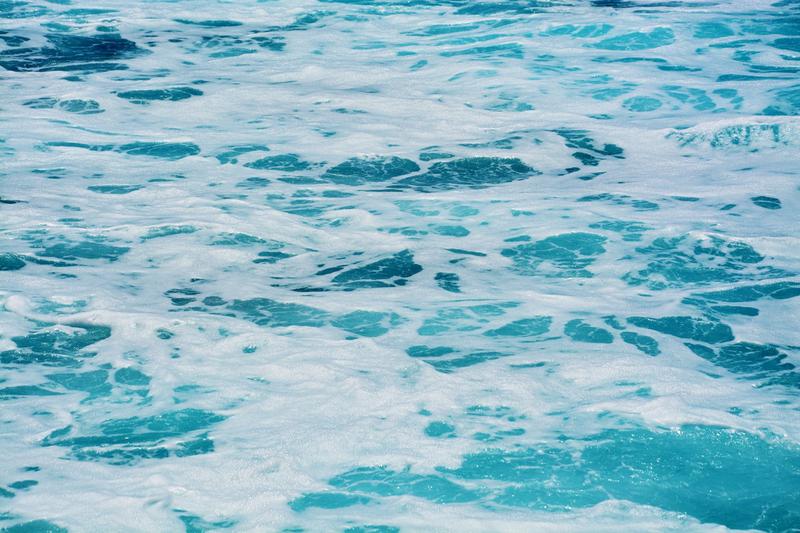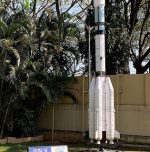India’s ambitious Samudrayaan Mission: Exploring the ocean’s abyss

In a remarkable expansion of its scientific exploration endeavours, India is poised to venture into the deep ocean with its groundbreaking Samudrayaan mission.
After achieving milestones in space exploration with Chandrayaan-3’s lunar touchdown and the Aditya L1 mission to study the Sun, India is now setting its sights on the ocean’s depths.
Union Minister Kiren Rijiju recently unveiled the nation’s plans to send three intrepid humans into the abyssal realms, diving to depths of up to 6 kilometres.
Union Minister Rijiju’s recent inspection of MATSYA 6000, a state-of-the-art manned submersible, signals India’s determination to unlock the mysteries concealed beneath the ocean’s surface. The submersible was developed at the National Institute of Ocean Technology.
Once commissioned, MATSYA 6000 will enable three researchers to embark on a transformative journey into the profound depths of the ocean. Thus, it aims at facilitating the study of deep-sea resources and biodiversity.
This pioneering submersible, Matsya 6000, is meticulously engineered to descend a staggering 6 kilometres underwater.
It will scrutinise the ocean’s hidden treasures, including precious metals and minerals.
The submersible is scheduled for a maiden voyage in the Bay of Bengal next year and represents a significant leap in India’s oceanic exploration capabilities.
However, the mission’s path has not been without its challenges.
The design and safety of Matsya 6000 are under careful scrutiny following the implosion of the Titan submersible, which carried tourists to the Titanic wreckage in the North Atlantic Ocean in April 2023.
Lessons from such incidents underscore the importance of meticulous planning and precision.
Samudrayaan aims to sustain operations for 12 hours under standard conditions and an impressive 96 hours during crises, emphasising India’s commitment to advancing scientific knowledge.
A team of three scientists will journey into the ocean’s depths to search for coveted minerals such as nickel, cobalt, and manganese.
Inside the submersible, two passengers will lie prostrate, while a Titanium Alloy operator, specially equipped to withstand extreme water pressure, will accompany them.
At depths exceeding 6,000 meters, where pressures surpass 600 times those at sea level, communication with researchers will rely on acoustic waves.
If successful, Samudrayaan will catapult India into an elite league of nations with the capability to execute sub-sea activities.
Joining the ranks of countries like the United States, Russia, Japan, France, and China, India’s deep ocean exploration ambitions promise to unlock mysteries concealed in the abyss.
Besides, the mission focuses on enriching the understanding of the Earth’s final frontier.
Image from Pxhere (Free for commercial use / CC0 Public Domain)
Image Reference: https://pxhere.com/en/photo/174515









Leave a Reply